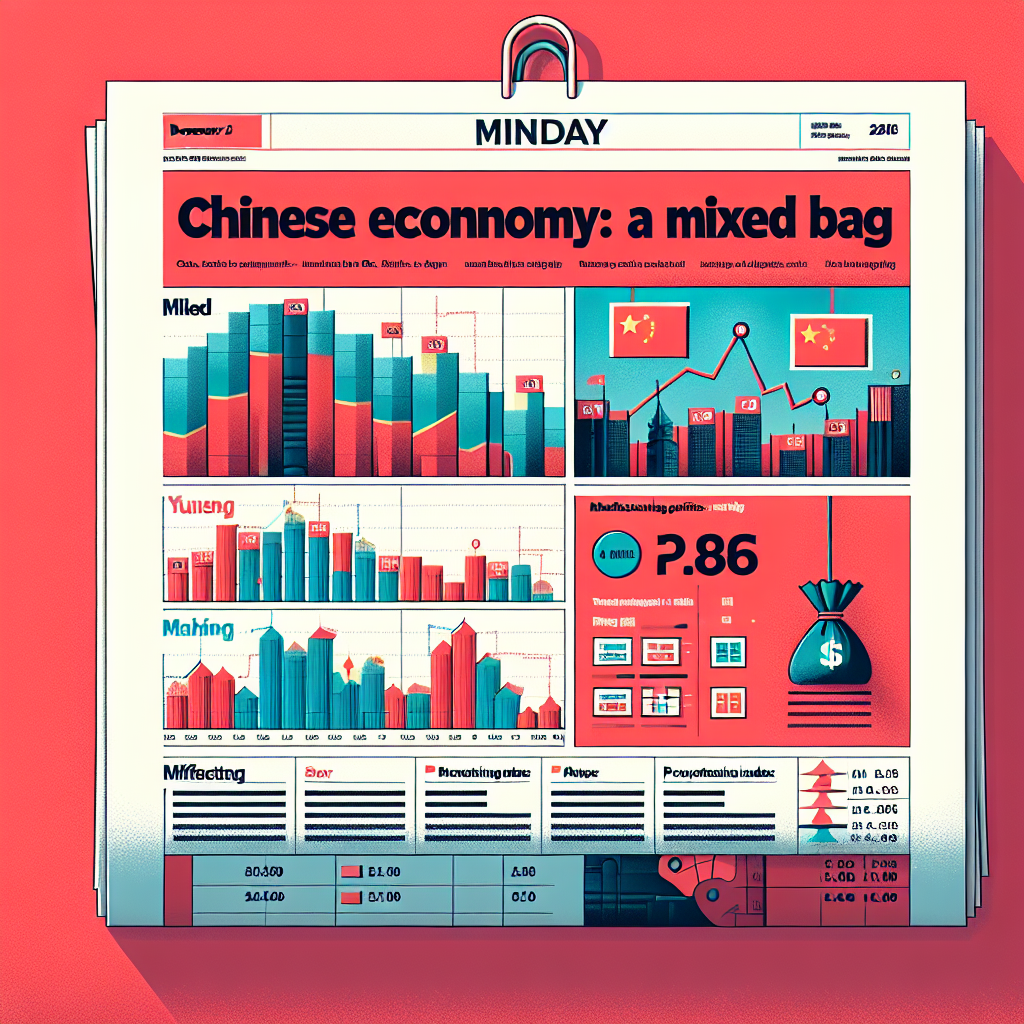Concerns over the Chinese economy were raised on Monday, December 2, as a mixed Purchasing Managers’ Index (PMI) data and tariff risks resulted in the Chinese yuan falling to a four-month low against the US dollar.
A private index measuring manufacturing activities in China indicated that factory activity in November expanded at the fastest pace in five months. However, the yuan fell to a low of 7.2675 against the US dollar, the lowest level since July 24.
In November, the official Purchasing Managers’ Index (PMI) for Chinese manufacturing was 50.3%, up 0.2 percentage points from the previous month. However, looking at different sectors, the business activity index for the construction industry was at 49.7%, a 0.7 percentage point decrease from the previous month and below expectations.
Paul Mackel, global head of FX research at HSBC, stated that the mixed official PMI data indicates the need for further policy support. Given the ongoing tariff risks from the US, the Chinese yuan faces challenges.
US President-elect Trump warned BRICS countries on November 30 that they would face a 100% tariff if they create a new currency or support an alternative to the US dollar. Trump, who will be inaugurated on January 20, has announced an additional 10% tariff on Chinese goods on his first day in office. During his campaign, Trump had mentioned imposing a 60% tariff on Chinese products.
Prior to the market opening, the People’s Bank of China set the midpoint rate at 7.1865, allowing the yuan to trade within a 2% range from this point, which was 519 points higher than Reuters’ estimate.
The onshore yuan opened at 7.2450, and as of 11:27 am Beijing time on Monday, the latest trading price was 170 points lower than the previous day’s closing price of 7.265, a 1.09% decrease from the midpoint.
The offshore yuan against the US dollar was 7.2756, down approximately 0.35% during the Asian trading session.
On Monday, the yield on China’s 10-year government bonds fell below the psychological key point of 2%, hitting a 22-year low.
Citigroup analysts mentioned in a report that the downside risk for the US dollar/offshore yuan pair is limited due to a lack of short-term catalysts.
The US dollar index slightly rose to 106.170, maintaining a 1.8% increase in closing for November.
Jonas Goltermann, Deputy Chief Market Economist at Capital Economics, stated in a report that, “Given the continued resilience of the US economy and deteriorating prospects elsewhere, we believe this is not the start of a further decline in the US dollar.”

